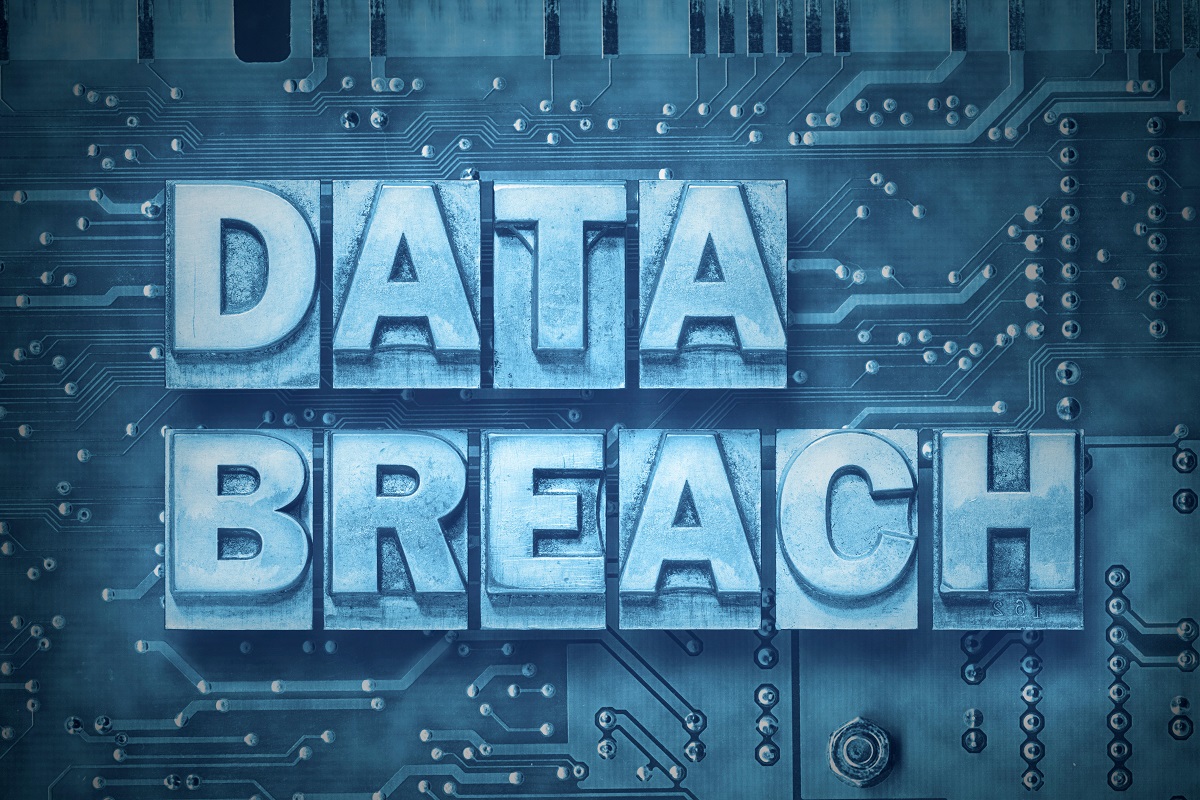According to a recent report from the Identity Theft Research Center, there were 1,802 data breaches in 2022, affecting over 422 million victims. In today’s threat landscape, the question is not if an organization will be breached, but when and how they will respond.
Cybersecurity leaders, such as Chief Information Security Officers (CISOs), have a responsibility to not only prevent data breaches but also to respond to them appropriately when they occur. Mishandling a cyberattack can lead to severe consequences, including reputational damage and a loss of public trust. Sweeping the incident under the rug, playing the blame game, or trying to downplay the severity of the situation will only exacerbate the negative impact.
To regain consumer, employee, and investor confidence after a data breach, CISOs can follow a set of best practices that demonstrate their commitment to transparency and accountability. These practices include:
1. Rapid Reporting: Data breach reporting standards vary from state to state in the United States. However, regardless of legal requirements, it is crucial for organizations to go above and beyond to report any incidents. This means notifying relevant government agencies and all affected individuals, even if they are not likely to be directly impacted. Full transparency is key to maintaining trust with customers and avoiding the impression of trying to hide something.
2. Informing Stakeholders: When disclosing a cybersecurity incident to stakeholders, clear and honest communication is essential. All parties involved should have a comprehensive understanding of the breach, the response efforts, and the actions being taken to prevent future incidents. This communication should include information on how the breach occurred, how it was addressed, the number of affected individuals, the measures being implemented to enhance security, and steps individuals can take to protect themselves.
3. Taking Public Accountability: It is essential for organizational leaders to take responsibility for a data breach and publicly acknowledge their accountability. Trying to downplay the severity of the incident or shift blame onto others will only further damage a company’s reputation. Being open and transparent demonstrates a commitment to addressing the issue and preventing future breaches. By assuming full responsibility and outlining concrete steps to prevent similar incidents, companies can begin rebuilding public trust.
One example of a company that mishandled a data breach is LastPass, a popular password manager. When the breach initially occurred, LastPass claimed it was “contained.” However, just three months later, the attacker gained access to LastPass’s cloud environments and password vaults using information compromised in the initial breach. This raises questions about whether downplaying the severity of the attack delayed necessary actions to protect users’ information. A prompt and transparent response is crucial to mitigating the potential negative impact of a breach and retaining customer loyalty.
Ultimately, a poor response to a data breach can lead to reputational damage and a loss of customers. Taking immediate public accountability and outlining steps to prevent future breaches demonstrates good corporate citizenship and helps to rebuild trust. Studies have shown that a significant percentage of consumers have a zero-tolerance policy for unethical corporate behavior.
In conclusion, data breaches are becoming increasingly common, as are disappointing responses from organizations. It is essential for cybersecurity leaders to be prepared with a response plan that prioritizes transparency, accountability, and humility. By doing so, organizations can protect their reputations and regain the trust of consumers. A forthright crisis response is a critical component of ethical business practices.


